详细说明
Assay Type
Solid Phase Sandwich ELISA
Format
96-well strip plate
Assay Length
4 hours 40 mins (after plate preparation)
Sample Type & Volume Required
Cell lysates (100 µL)
Range
125.00 - 8,000 pg/mL
Sufficient Materials
Kits available for two, five, or fifteen 96-well plates*
Specificity
Please see the
* Provided that the recommended microplates, buffers, diluents, substrates and solutions are used, and the assay is run as summarized in the Assay Procedure provided.
Product Features
Optimized capture and detection antibody pairings with recommended concentrations save lengthy development time
Development protocols are provided to guide further assay optimization
Assay can be customized to your specific needs
Available in 2, 5, and 15- (96-well) plate pack sizes
Economical alternative to Western blot
Kit Content
Capture Antibody
Conjugated Detection Antibody
Calibrated Immunoassay Standard or Control
Streptavidin-HRP
Other Reagents Required
PBS: (Catalog # ), or 137 mM NaCl, 2.7 mM KCl, 8.1 mM Na 2HPO 4, 1.5 mM KH 2O 4, pH 7.2 - 7.4, 0.2 µm filtered
Wash Buffer: (Catalog # ), or equivalent
Lysis Buffer*
IC Diluent*
Blocking Buffer*
Substrate Solution: 1:1 mixture of Color Reagent A (H 2O 2) and Color Reagent B (Tetramethylbenzidine) (Catalog # )
Stop Solution: 2 N H 2SO 4 (Catalog # )
Microplates: From Costar EIA Plate (Costar Catalog # 2592) or R&D Systems (Catalog # ), or equivalent
Plate Sealers: ELISA Plate Sealers (Catalog # ), or equivalent
*For the Lysis Buffer, IC Diluent, and Blocking BUffer recommended for a specific DuoSet ELISA Development Kit, please see the product
Preparation and Storage
Storage
Store the unopened product at 2 - 8 °C. Do not use past expiration date.
Background: p53
p53 is well known for its key role as a tumor suppressor protein. It is 393 amino acids (aa) in length with a predicted molecular weight of 44 kDa. It belongs to the p53 family that also includes p63 and p73. Structurally, p53 is characterized by an N-terminal transactivation domain, central DNA-binding and oligomerization domains, and a C-terminal regulatory domain. It is thought to exist as a homotetramer, and it exhibits approximately 72% and 76% aa identity with its mouse and rat orthologs, respectively. Mutations in the p53 gene are one of the most frequent genomic events accompanying oncogenic transformation. p53 responds to signals such as DNA damage or cell stress primarily through its actions as a transcription factor. Among its gene targets are a range factors that promote DNA repair mechanisms or apoptosis including cell cycle regulatory proteins and members the Bcl-2 family. Because of its critical role in genomic homeostasis, p53 activities are tightly regulated by a network of protein-protein interactions, microRNAs, and a range of post-translational modifications, including phosphorylation, acetylation, methylation, and ubiquitination. A widely studied regulator is Murine Double Minute 2 (MDM2). MDM2 is known to suppress p53 activity through direct binding or through its actions as a Ubiquitin ligase (E3) that catalyzes p53 ubiquitination and proteasome-mediated degradation.
Entrez Gene IDs:
7157 (Human); 22059 (Mouse); 24842 (Rat);
Aliases:
Antigen NY-CO-13; BCC7; FLJ92943; LFS1; LFS1TRP53; p53 tumor suppressor; p53; P53cellular tumor antigen p53; Phosphoprotein p53; TP53; transformation-related protein 53; TRP53; tumor protein p53; Tumor suppressor p53







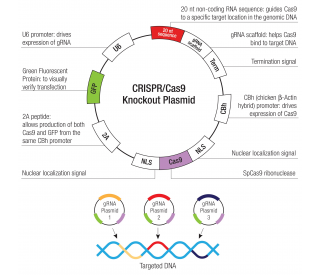
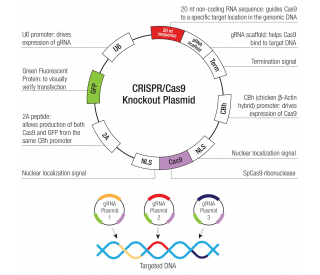
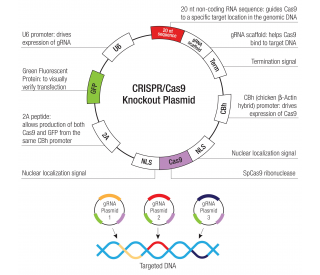
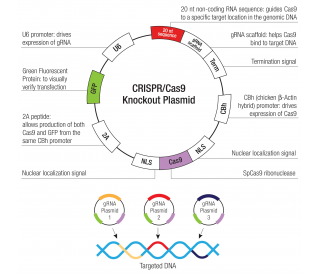
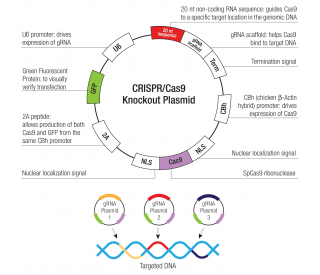
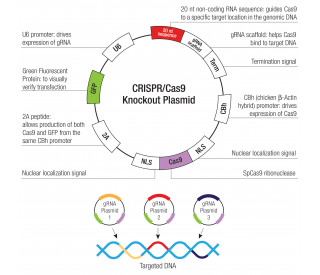



 粤公网安备44196802000105号
粤公网安备44196802000105号